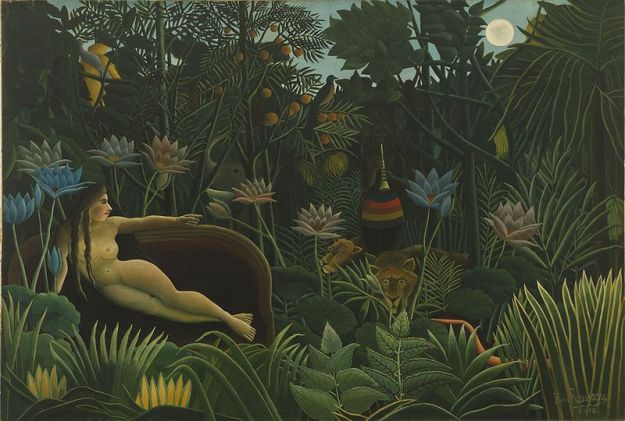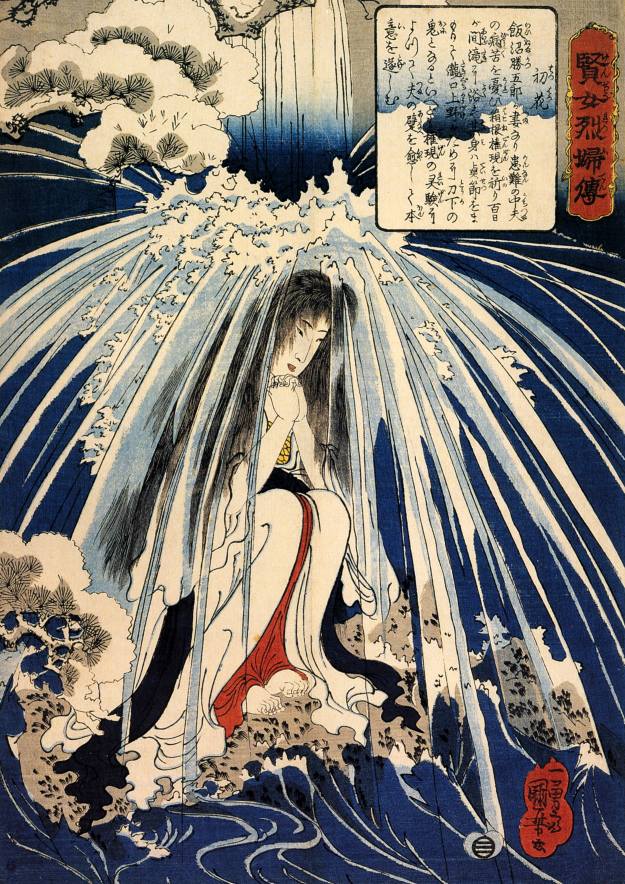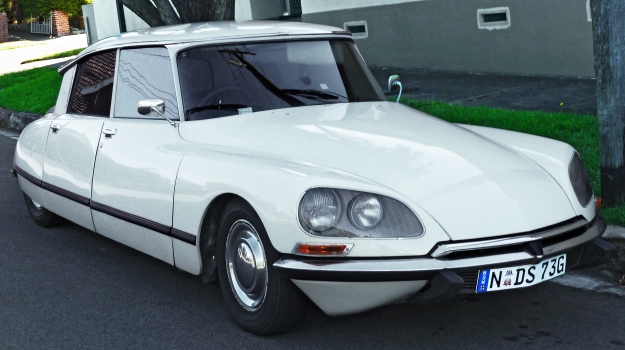At the beginning of the winter, I came back to my attic room in Copenhagen. I mourned for the loss and the death of two former lovers from Amsterdam who had died from AIDS. A few days after my return I was ill with a cold. I had fever, I sweated at night in bed, I had a headache, my breathing was difficult and I felt exhausted. In the library I had read the beginning symptoms of AIDS – I was afraid that I was also infected by the virus. After a few weeks the cold was gone, but my concern for infection with the disease remained.
My attic room was not properly heated. That winter I was only in my room at night; I slept under a thick duvet at the open window when the weather allowed. In bad weather with the window closed, I felt trapped in my room; my nightly fearful visions could find no way out. During daytime I was rarely home; usually I was at friends, I read in the library or I played in a jazz band.
In this attic room I slowly detached myself from the three embarrassments [2] , which I read in the book with Buddhist questions that I had received as farewell gift by my previous beloved.
The first embarrassments wherefrom I had detached myself at the end of my youth, was an own home. As a child I had moved around with my mother and her herd; our home was the place where we had stayed temporarily. In my time as child soldier, the militia was my temporal home. After my flight from the militia, I continued to wander with temporary resting places. During my stay in Copenhagen my house became more and more transparent coinciding with the human world during daytime and with the universe during night-time when the window of my attic room was open. Once I hoped to arrive home, maybe at the end of the Odyssey to “Who are you”.
The second embarrassments that I gave up gradually, was an own body, because due to aging my appearance as exotic idol eroded and because due to the threat of infection with HIV I saw the individuality of my body in a different light. In Copenhagen my body became more and more connected with the city, the world and, of course, the universe.
The third embarrassment that disappeared gradually, was an own life. After reading and studying in libraries in the neighbourhood of my attic room, I became increasingly connected with all the knowledge in the world. Also I read in a book the questions: “Where is a Buffalo when it is eaten by a lion” and “How does a lion change after eating Buffalo?”.
Together with my body, my life became gradually connected to the world and the universe. At that time I read in a novel by Hermann Hesse: “Deine Seele ist die ganze Welt” [6] – or in English: “Your soul is the whole world“. In the dark at the open window in my attic room, my life became interconnected with the whole space.
The legacy that my beloved had left behind for me, depleted. I had no money left to maintain the white Citroën DS; it was time to give this Goddess another destination. With a part of the selling price, I bought a bike. After some practice I could move around with the inhabitants floating on the roads through the city.
The next spring I made several long bike tours through Europe.
[1] Source image://fr.wikipedia.org/wiki/Comble_(architecture)
[2] Source: Cleary, Thomas, Book of Serenity – One Hundred Zen Dialogues. Bosten: Shambhala, 1998 p. 120 – 124. The “three embarrassments” are freely rendered in this post.
[3] “The Glass House or Johnson house, built in 1949 in New Canaan, Connecticut – USA, was designed by Philip Johnson as his own residence”. Source image: http://en.wikipedia.org/wiki/Glass_House
[4] Source image: http://en.wikipedia.org/wiki/Human_anatomy
[5] Source image: http://en.wikipedia.org/wiki/Life
[6] See: Hesse Hermann, Siddhartha. Frankfurt am Main: Suhrkamp Verlag: 1989 p. 10.
[7] Source image: http://en.wikipedia.org/wiki/Cycling_in_Copenhagen. This photo was made around 2010.























